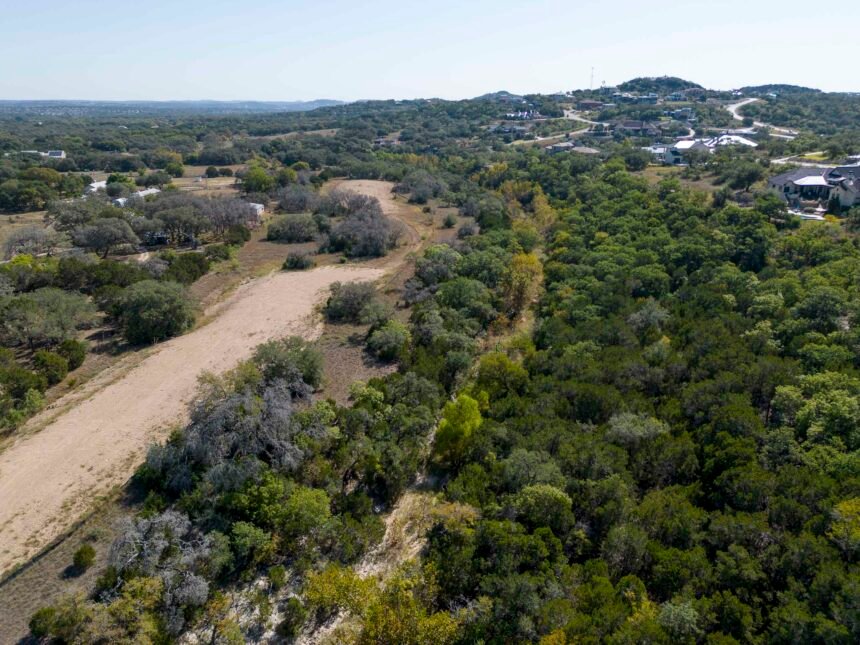A state-level office has set a preliminary hearing of the case against a wastewater plant that would dump millions of gallons of treated wastewater into Helotes Creek — which runs over the contributing zone for the Edwards Aquifer, San Antonio’s primary source of drinking water.
In August, the Texas Commission on Environmental Quality, or TCEQ, voted to grant a contested case hearing to the San Antonio Metropolitan Health District, the Greater Edwards Aquifer Alliance and landowner Ann Toepperwein against the permit for the plant, which would serve a 2,900-home development on 1,160 acres northwest of San Antonio in an area known as Guajolote Ranch.
The plant would dump an average of 1 million gallons per day — and as much as 4 million gallons daily — of treated effluent into Helotes Creek, according to the permit application. Florida-based Lennar Corp. is the party seeking the permit.
The preliminary hearing has been set for Nov. 21 at 10 a.m.
During this preliminary hearing, a State Office of Administrative Hearings, or SOAH, judge will hear from parties that were denied standing as an “affected party” for a hearing by the TCEQ — including the City of Grey Forest, which will once again request standing. New requests for standing will also be approved or denied at the preliminary hearing.
SOAH is an independent state agency that manages hearings in contested cases, employing administrative law judges.
In total, about 80 parties previously filed to be named as an affected party. In their applications, residents highlighted concerns that toxins entering the aquifer, like harmful “forever chemicals” would threaten the health, safety and welfare of those living in and around San Antonio.
Opponents say they worry about the quality of the water treatment, and whether it — along with increased stormwater runoff from the development — could negatively affect the water quality of the Edwards Aquifer. The Edwards Aquifer supplies water to more than 2 million people in Central Texas, including in San Antonio.
SOAH has up to six months to set a hearing that ultimately will decide the fate of the permit, which was green-lit by the TCEQ’s new Executive Director Kelly Keel earlier this year.
The TCEQ’s three commissioners denied naming the San Antonio Water System and the cities of Helotes and Grey Forest as affected parties in August, stating they either didn’t meet the criteria to be named an affected party or didn’t have unique enough concerns to be considered outside the safety of the general public.
SOAH’s administrative law judges will be responsible for ruling on several issues raised by the city, GEAA and Toepperwein, including: impacts to wildlife and endangered species, compliance with odor control and abatement requirements, compliance with applicable siting requirements, adequate identification of the proposed wastewater facility’s operator, and compliance with the state’s regionalization policy.
SOAH’s process is similar to a civil trial, allowing the presentation of evidence and questioning of witnesses or experts to judges. These judges then make findings of fact and conclusions of law based on the evidence presented. The length of the hearing depends on the complexity of the case, and can range from a day to a week or more.
Following SOAH’s rulings, the TCEQ will review the case and will again determine if the permit should be allowed to stand. If they deny the permit, the applicant can reapply.
Opponents reaffirmed their resolve to fight the permit Thursday.
“We are staying in this fight with the aim of conserving the Guajolote Ranch property and preventing high-density development in our neighborhood,” stated Randy Neumann, with the Scenic Loop Helotes Creek Alliance, which is partnering with GEAA and represents residents in a wide corridor along Scenic Loop from Bandera Road to north of Babcock. “Our way of life, meaning safe water drawn from local wells and the recreational use of our creeks that we’ve used for more than a century, comprises a life in harmony with nature that we are unwilling to compromise.
“We believe, as do eminent scientists, that development can only degrade the water recharging the Edwards Aquifer,” he added.













